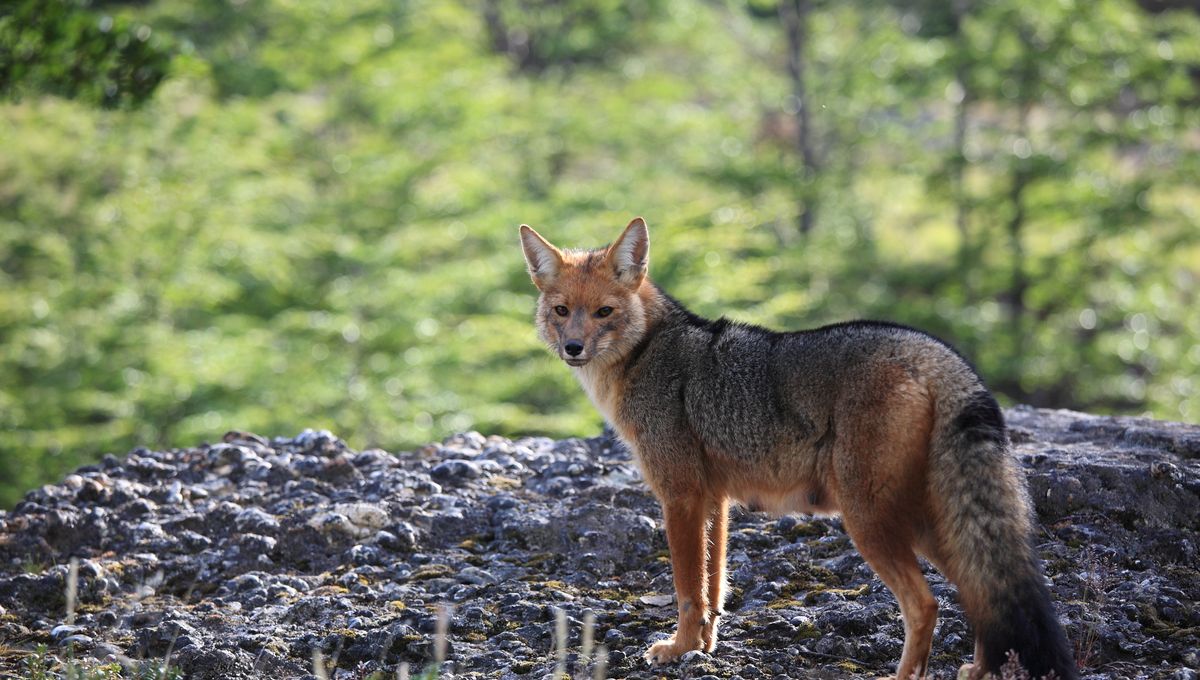
Ancient hunter-gatherers in South America may have kept foxes as pets before domestic dogs arrived on the continent. Evidence for this unexpected alliance comes from a 1,500-year-old burial site in Patagonia, Argentina, where a human skeleton appears to have been buried alongside a fox, suggesting that the pair may have shared a special bond during their lifetimes.
Originally discovered in 1991, the archaeological site of Cañada Seca contains the remains of at least 24 members of a hunter-gatherer community. Within one of the burial pits, researchers identified the bones of an unknown canid, although the relationship between the animal and its human grave-mate remained uncertain until now.
To clear up the mystery, the authors of a new study conducted in-depth genetic, morphological, and isotopic analyses of the ancient bones. This enabled them to reveal that the fox belonged to a now-extinct species known as Dusicyon avus – which roamed South America until around 500 years ago – and not a gray fox, as had previously been speculated.
More significantly, however, the results of the study have illuminated the social context of this peculiar multi-species burial. Previously, it had been difficult to interpret the meaning of this discovery since the human and fox bones were “commingled”, thus giving few clues as to whether or not the arrangement was deliberate or coincidental.
However, after studying the carbon and nitrogen isotopes in the fox bones, the study authors were able to confirm that the animal survived on a human-like diet, consisting of considerably more vegetation and less meat than a wild fox would typically consume. According to the researchers, this finding is suggestive of “systematic feeding”, indicating that the fox was probably “a companion or a pet for the hunter-gatherers during the late Holocene.”
“Its strong bond with human individuals during its life would have been the primary factor for its placement as a grave good after the death of its owners or the people with whom it interacted,” write the study authors. Such a conclusion is further strengthened by previous radiocarbon dating of the animal’s bones, which revealed that it was buried at around the same time as the associated human.
Delving deeper into the fox’s genome, the study authors sought to determine the cause of this long-lost canid’s extinction. According to one hypothesis, the species may have disappeared as it bred with domestic dogs, creating a hybrid lineage that eventually became genetically assimilated into the dog bloodline.
However, the genetic divergence between D. avus and modern dogs turned out to be significant enough that the two would probably not have been able to produce viable hybrid offspring, thus ruling this out as the main driver of the fox’s extinction. Instead, the study authors suggest that the animal’s disappearance was probably due to a combination of climate change and human meddling.
The study has been published in the journal Royal Society Open Science.
Source Link: Foxes May Have Been Humans’ Best Friend Long Before Dogs